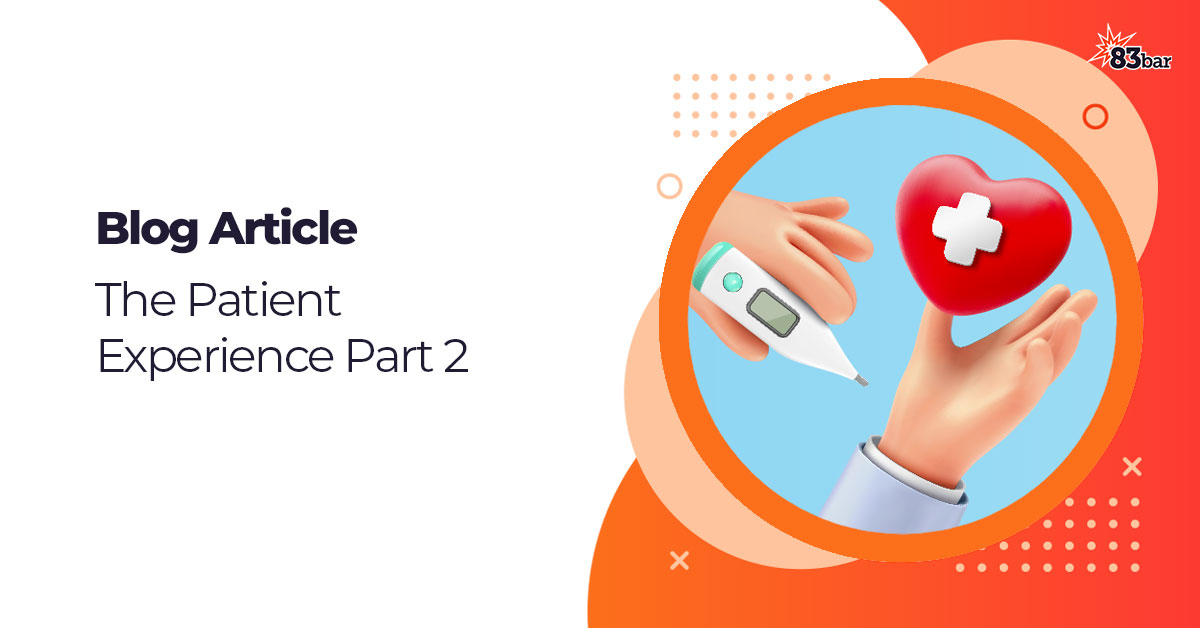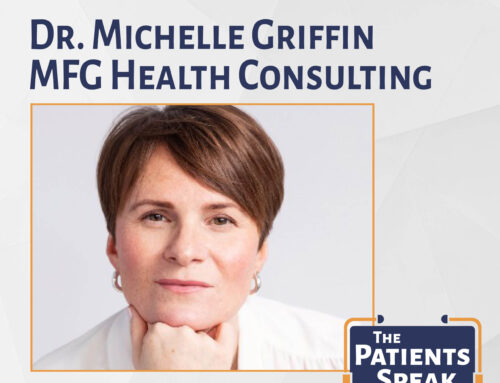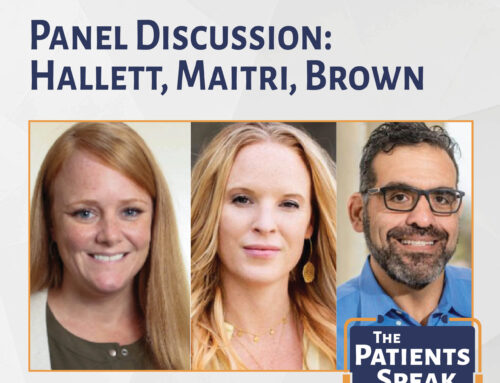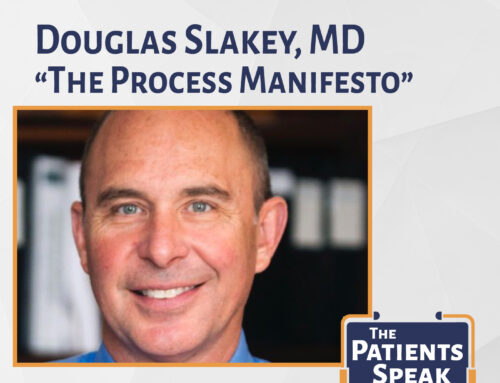We ended “The Patient Experience, Part 1” by stating that a growing number of people today feel the need to take a more active role in their own health care. Unfortunately, that can be difficult to do; let’s explore why. Let’s also shift into patient recruitment, understanding why we should help patients get easy access to healthcare information.
Here comes the flood
Healthcare consumers are flooded with healthcare/medical information from a wide range of sources, some good and others not so good. This means trying to navigate and find their own pathway. This can be time consuming and frustrating.
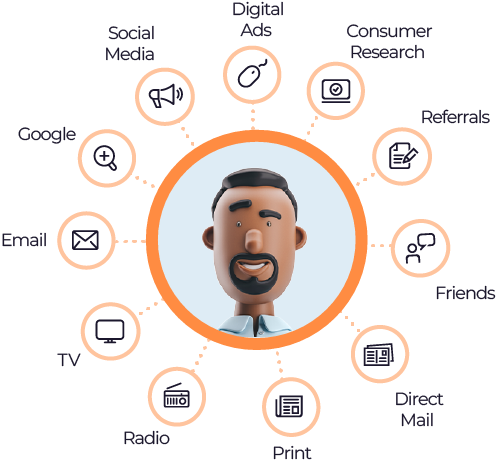
“Trying to navigate and find their own pathway can be time consuming and frustrating.”
What information to trust?
As mentioned in Part 1, the Internet has become the go-to destination for healthcare information. In fact, a study based on the Health Information National Trends Survey reported that the majority of people looking for health information go to the Internet first.1
Unfortunately, not all information on the Web is accurate or up to date. So where does that leave healthcare consumers desperately searching for information about their condition/disease? How can we help them connect with—and understand—the solutions they need?
Let’s consider what we can do through the process of recruiting for trials or approved products.
Going against tradition
In traditional patient recruitment scenarios, vendors tend to push a high volume of individuals to sites or offices (high volume just in case they need to make up for the many unqualified ones who will be in the mix). Many of these prospective participants or patients lack an understanding of their health condition and the options available to them.
Here’s where we’re different. We don’t play the role of vendor; we come alongside you as a partner. 83bar breaks with tradition by utilizing something we call Patient Activation. We reject the notion of pushing masses of prospects without a clear understanding of their level of quality. Our approach is quite different. We turn this concept on its head by pulling through individuals who meet the criteria or requirements set by our clients. But, spoiler alert, we don’t stop there.
Beyond patient education to patient activation
We contend that even the best qualified individuals need to be “activated” or fully prepared. Our unique approach leverages our Clinical Contact Center. Unlike many other “call centers,” our Clinical Contact Center is staffed by clinically trained education specialists. What does this mean? It transforms the patient experience from being a number to name. These specialists are listening experts, carefully exploring the patient’s condition or disease empathetically. With insights and discoveries drawn from experience, they have the ability to break down this valuable information to help the patient understand how this impacts their unique situation.
Understanding the trial or treatment is imperative to ensure the patient’s investment in the trial/product. So the specialists take time with the patient to talk through all the steps required. They even go as far as sending reminders for medical appointments or tests.
So what can you expect from patient activation?
It’s a win-win situation
The patient activation approach brings two-fold benefits.
- It’s really about the patients: With well-informed patients come quicker and more confident decisions for their health. It’s a better understanding of what is required and quicker relief for them.
- Clients win, too: With more invested patients come better retention and fewer dropouts down the road.
Patient activation is win-win for patients and clients alike. Are you ready to take on this approach? To learn more, visit our Patient Activation Hub, where you can read, listen and watch resources about patient activation.
Or if you’d like to talk to us about how you can start reaping the benefits of patient activation, set up a short call with the 83bar experts.
1Swoboda, C.M., Van Hulle, J.M., McAlearney, A.S. et al. Odds of talking to healthcare providers as the initial source of healthcare information: updated cross-sectional results from the Health Information National Trends Survey (HINTS). BMC Fam Pract 19, 146 (2018). https://doi.org/10.1186/s12875-018-0805-7

